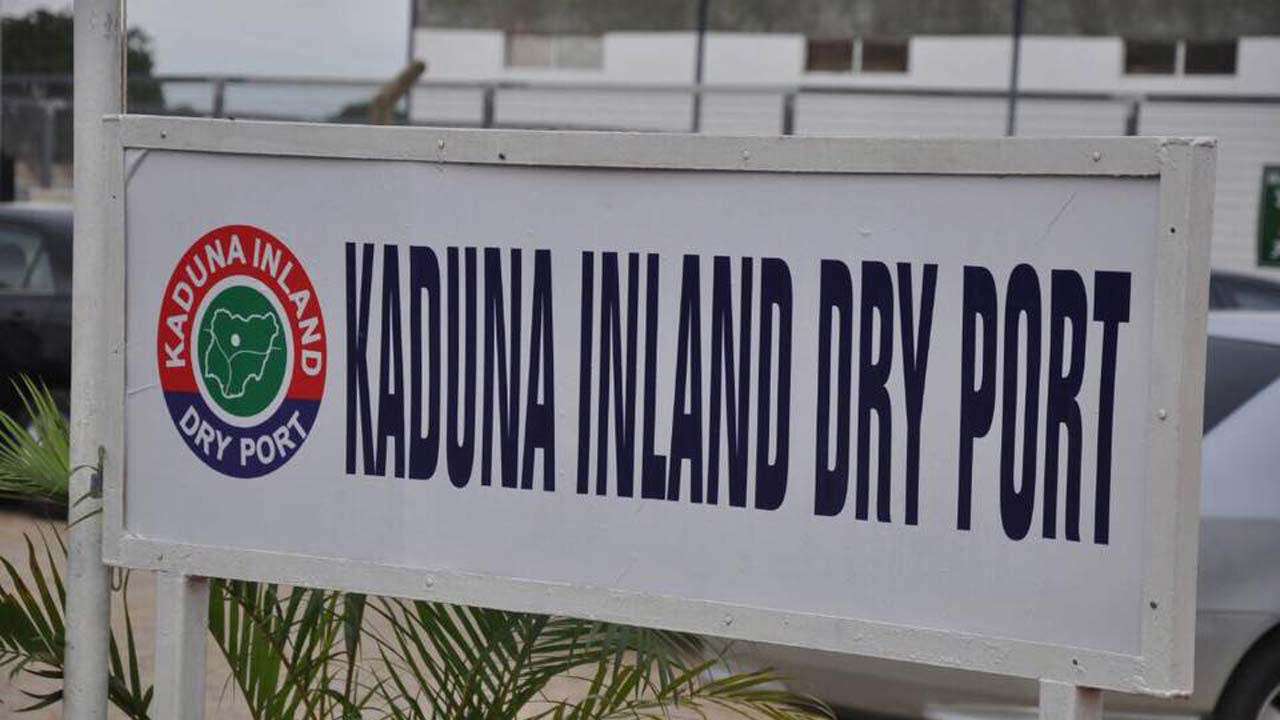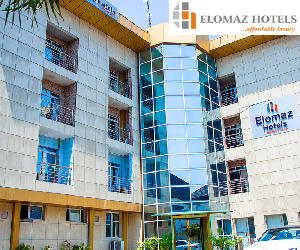Minister of Transportation, Mu’azu Sambo, has declared that the operation of Inland Dry Ports (IDPs) across the country will be a catalyst for improved trade inflows and revenue generation for the Federal Government besides its importance in facilitating international trade and transit cargoes to landlocked countries.
Sambo said the dry ports would also bring shipping activities closer to shippers in the hinterland, increase cargo throughput, boost inland trade and promote export of agricultural products, thereby leading multi-products oriented economy.
He stated this, yesterday, during the Nigerian Shippers’ Council (NSC) and Federal Ministry of Transportation (FMoT) one-day stakeholders sensitisation programme and launching of operational manual for Inland Dry Ports in the country Lagos.
Sambo, who was represented by the Deputy Director Inland Container Depot of the ministry, Ewache Victor, stated that the dry ports project would also create employment opportunities that would ultimately stem increasing rural-urban migration, act as source of internally Generated Revenue (IGR) to the host communities and states, as well as boost revenue sources of
the Federal Government.
According to him, the inland dry port project was conceived as part of the government’s ports reform programme designed in 2006 to decongest the seaports, while also taking shipping and port services closer to importers and exporters in the hinterland, among other objectives.
He said the project is being developed through Public Private Partnerships (PPPs) using the Build, Own, Operate and Transfer (BOOT) Model in Isiala- Ngwa, Abia State; Erunmu Ibadan, Oyo State; Heipang in Jos, Plateau State; Funtua, Katsina State; Maiduguri, Borno State and Dala in Kano State, which would soon be commissioned.
Sambo noted that other inland dry ports are currently being processed in Kebbi, Osun, Anambra, Oyo, Edo, Bauchi and Abia states, adding that the operational manual, which is being launched, would cover activities in the dry ports, which would accommodate container import and export by rail, container import and export by truck, customs controls and empty container storage.
He urged operators and regulators to abide by the operational processes as contained in the manual, which specifically describes the functions, activities and operations of the dry ports as it relates to export and import according to international best practices for standard quality control.
Speaking earlier, Executive Secretary and Chief Executive Officer of the Nigerian Shippers’ Council (NSC), Emmanuel Jime, said the inland dry ports project was conceived as part of the reform programme in the transport sector to promote efficient transportation, enhance efficiency at the ports and engender trade facilitation in the country.
He explained that the strategic importance of producing the manual articulates the step-by-step procedures for receiving, storing, handling and delivery of cargoes as well as highlighting the operations and responsibilities of agencies and timelines for discharging such tasks.
Read Also: Uncertainty dogs release of $3.1b AFC fund for e-customs project
He said the operational manual, which was launched in Kano on July 21, 2022, will be launched in Port-Harcourt, Rivers State on Tuesday, August 9, 2022, as it provides detailed processes and procedures for the main activities of the Inland dry ports.
The manual is based on best international practices adapted to suit the Nigerian context. Indeed, each dry port will have its own specialities, organisational implementation, layout constraints and services offered and would therefore amend aspects of the manual on a case-by-case basis.
Jime stressed that the NSC will work to ensure that the upcoming inland dry ports, particularly those in Dala, Funtua and Jos will avoid the pitfalls that the seaports are currently experiencing by ensuring they are fully compliant with the operational manual and ISPS compliant, as well as operate for every day for seven days a week.
He said: “They are transit facilities fully digitised and served with intermodal transport among others.”
On his part, the Managing Director, Nigerian Ports Authority (NPA), Mohammed Bello-Koko, said the Lagos seaports were operating beyond their capacity, hence, the need to optimize the inland dry ports.
Bello-Koko who was represented by the Assistant General Manager, Operations, Ayodele Durowaiye, said NPA had been working to ensure that the Kaduna Inland Dry Port (KIDP) was linked to the borders of neighbouring countries in the northern part of the country to ensure passage of goods in and out of the country.
He said the effective operations of the IDPs would provide viable options for shippers and consignees outside Lagos State as they would increase the possibility of export cargoes.
Bello-Koko, however, pledged the NPA’s support for other government agencies under the ministry of transportation to aid the movement of import and export cargoes as well as boxes in the country.
President of the Shippers Association of Lagos (SAL), Leonard Ogamba, commended the operational manual as a working tool that will enable cargo owners, importers, exporters and shippers to hold the government agencies at the ports accountable for performing their duties efficiently, as well as when they deviate from their core responsibilities.
He said the IDPs will also help boost Nigeria’s ranking in the World Bank Global Logistics Performance Index (LPI), in which the country ranked 110 out of the 116 countries, behind Ghana, Togo, Kenya, South Africa, Egypt, Republic of Benin and Cameroon.
Also speaking, the Deputy Controller of Customs, Apapa Command, Ajibola Odusanya, said the service is ready to work with all stakeholders to decongest the seaports through the IDPs as conceived by the Federal Government to ease the pains of Nigerians.
Odusanya said the IDPs would facilitate the movement of containers from the Apapa seaport to other parts across the country, adding that Customs officials would also escort the cargoes on transit.
Click on The Trumpet and follow us on our Twitter page for more:






